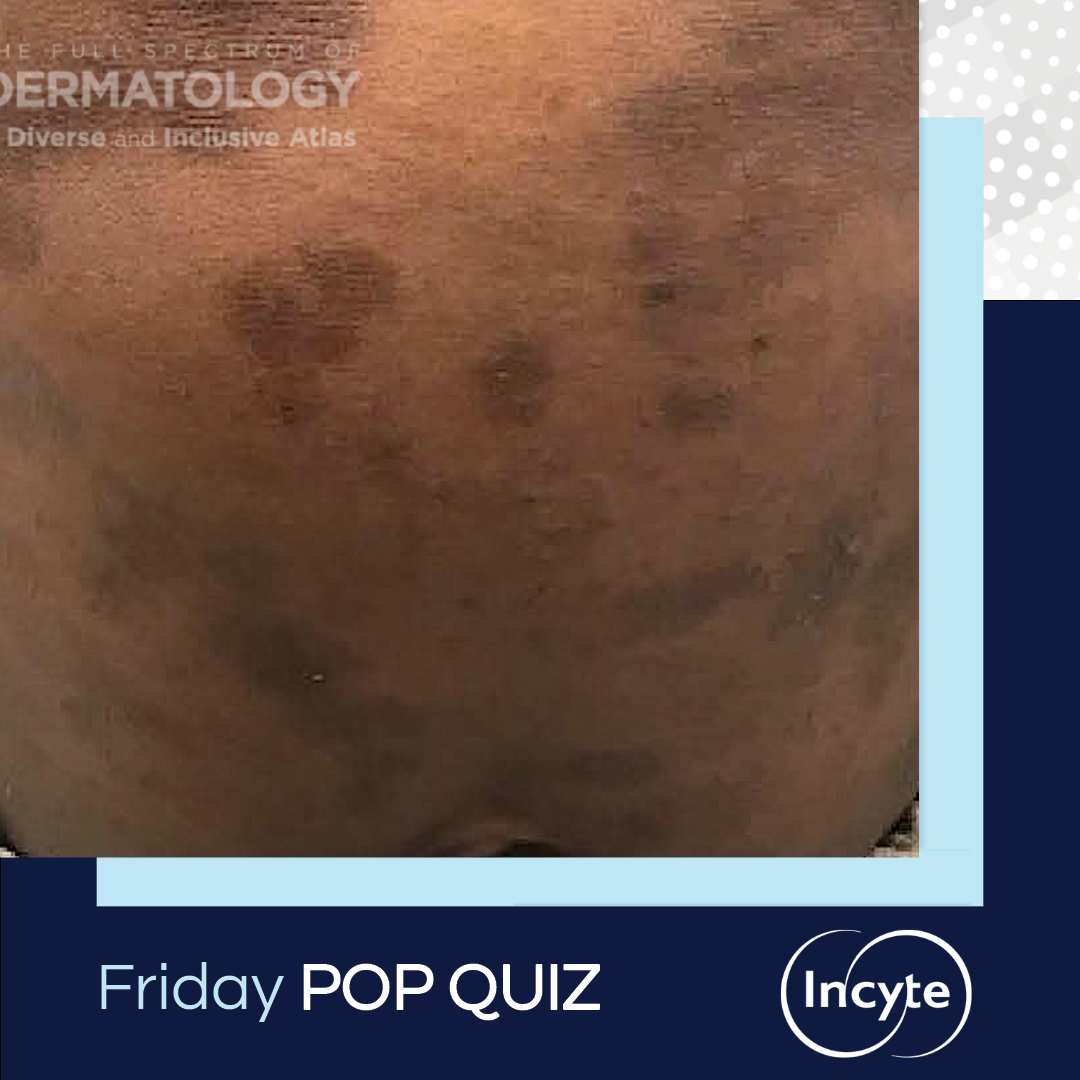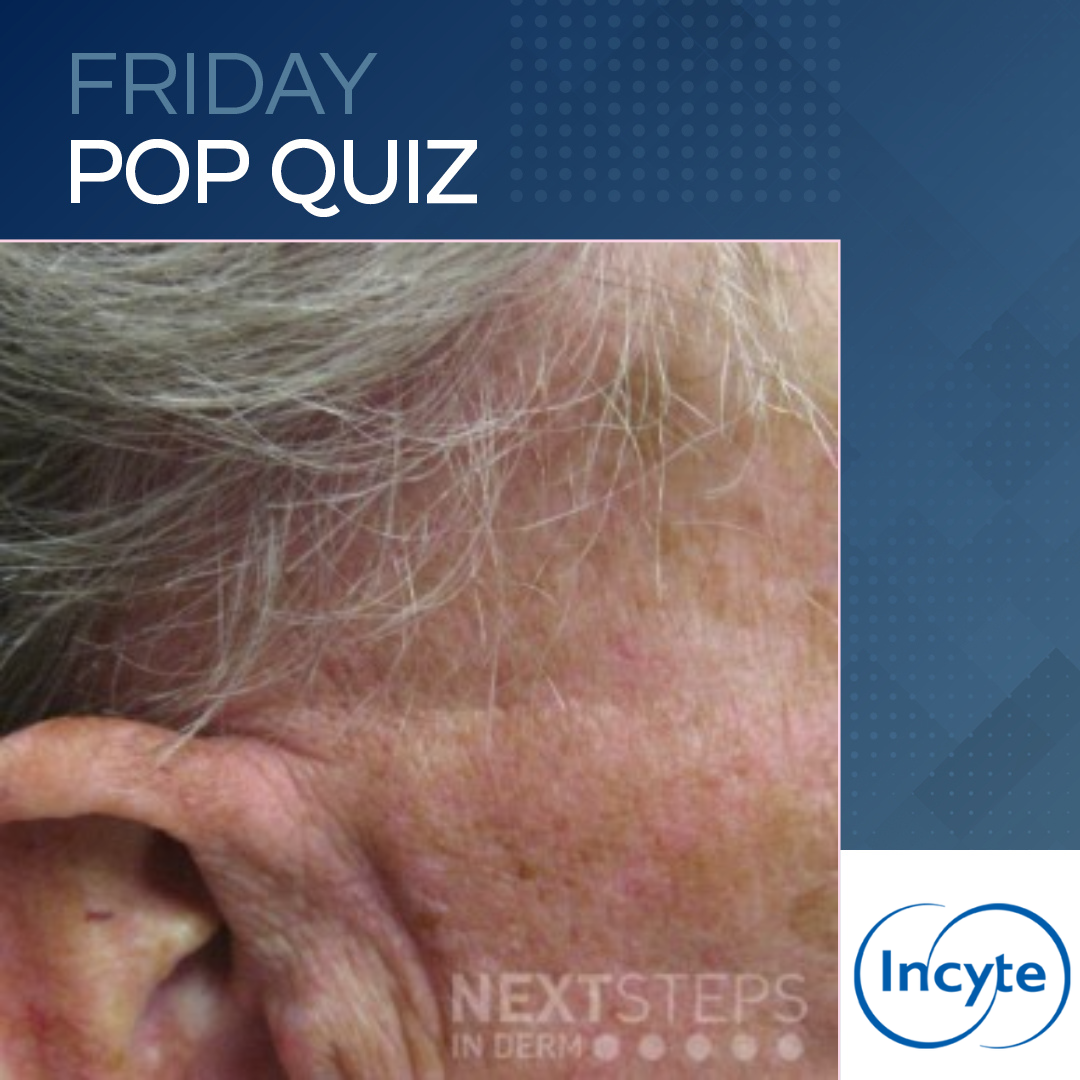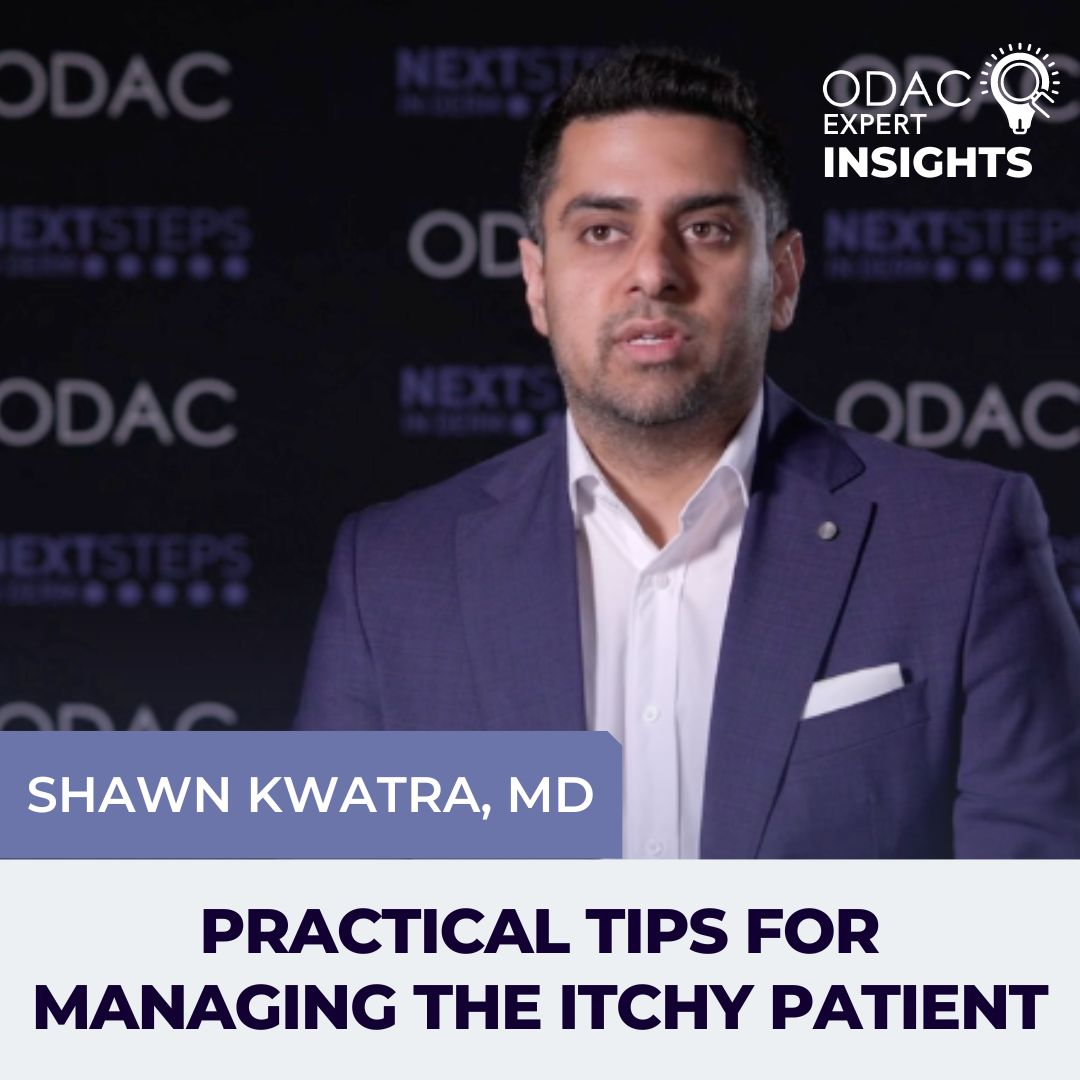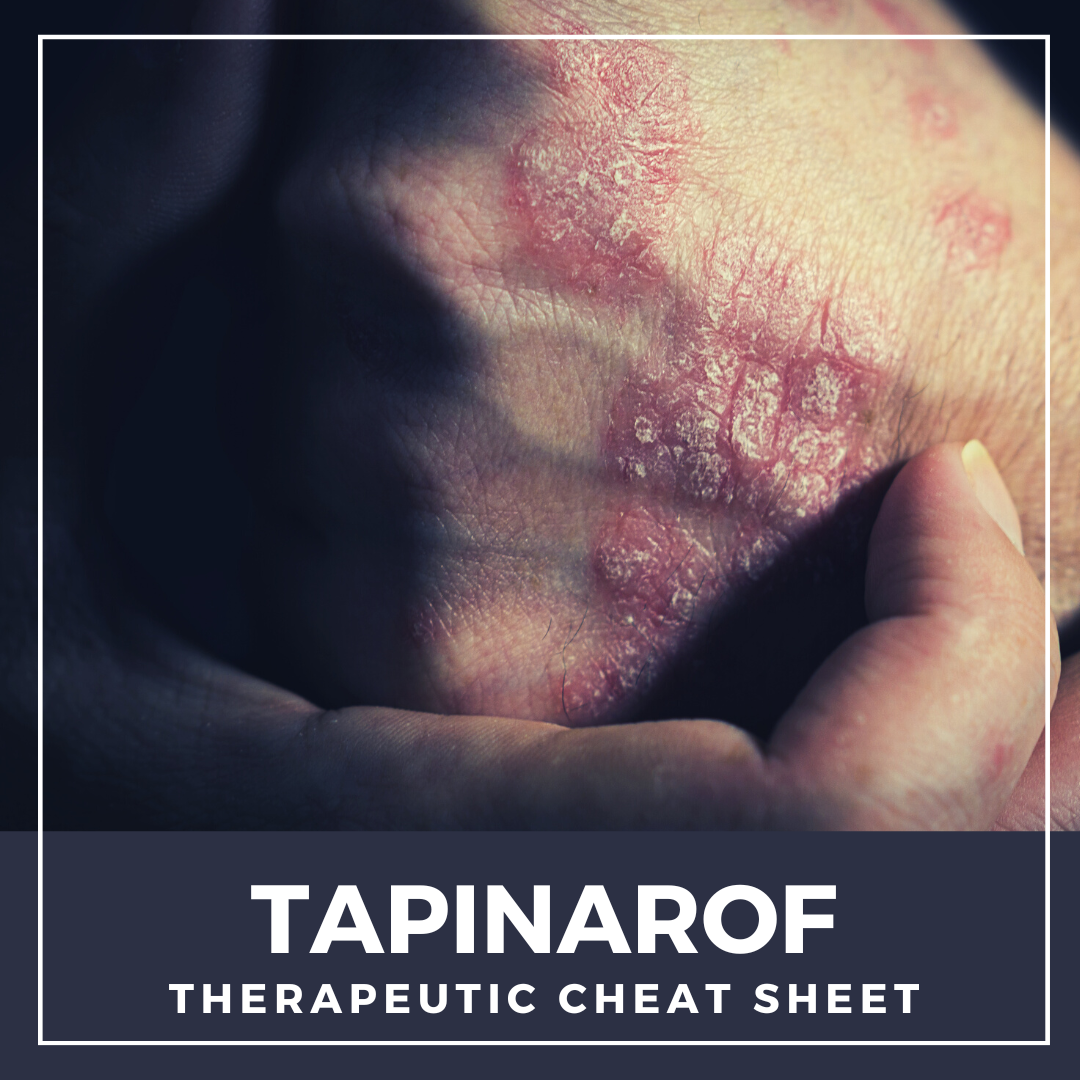Emerging Therapies for Patients with Atopic Dermatitis
 It’s an exciting time for new therapies in atopic dermatitis with several therapies recently approved or in late-stage development. Next Steps in Derm, in partnership with ODAC Dermatology, Aesthetic & Surgical Conference, interviewed Baltimore dermatologist Dr. Shawn Kwatra, who outlined the new treatment options. From therapies that target IL-13 and IL-31 to JAK inhibitors, dermatology cl …
It’s an exciting time for new therapies in atopic dermatitis with several therapies recently approved or in late-stage development. Next Steps in Derm, in partnership with ODAC Dermatology, Aesthetic & Surgical Conference, interviewed Baltimore dermatologist Dr. Shawn Kwatra, who outlined the new treatment options. From therapies that target IL-13 and IL-31 to JAK inhibitors, dermatology cl …
 It’s an exciting time for new therapies in atopic dermatitis with several therapies recently approved or in late-stage development. Next Steps in Derm, in partnership with ODAC Dermatology, Aesthetic & Surgical Conference, interviewed Baltimore dermatologist Dr. Shawn Kwatra, who outlined the new treatment options. From therapies that target IL-13 and IL-31 to JAK inhibitors, dermatology cl …
It’s an exciting time for new therapies in atopic dermatitis with several therapies recently approved or in late-stage development. Next Steps in Derm, in partnership with ODAC Dermatology, Aesthetic & Surgical Conference, interviewed Baltimore dermatologist Dr. Shawn Kwatra, who outlined the new treatment options. From therapies that target IL-13 and IL-31 to JAK inhibitors, dermatology cl … Continue reading "Emerging Therapies for Patients with Atopic Dermatitis"


 An increased level of which of the following proteins is most implicated in the pathogenesis of pruritus in the patient’s condition?
A. Defensin
B. Histamine
C. Interleukin-2
D. Interleukin-31
E. Transforming growth factor-beta
To find out the correct answer and read the explanation, click here.
Brought to you by …
An increased level of which of the following proteins is most implicated in the pathogenesis of pruritus in the patient’s condition?
A. Defensin
B. Histamine
C. Interleukin-2
D. Interleukin-31
E. Transforming growth factor-beta
To find out the correct answer and read the explanation, click here.
Brought to you by …  A healthy 50-year-old patient presents with three-month history of progressive hair loss and scalp redness with associated pruritus. On closer scalp examination, there is perifollicular erythema, inflammation, and scaling. There appears to be loss of follicular openings in the erythematous patch. In addition, erythematous and skin-colored papules are present throughout the forehead. Of note, t …
A healthy 50-year-old patient presents with three-month history of progressive hair loss and scalp redness with associated pruritus. On closer scalp examination, there is perifollicular erythema, inflammation, and scaling. There appears to be loss of follicular openings in the erythematous patch. In addition, erythematous and skin-colored papules are present throughout the forehead. Of note, t …  Next Steps in Derm, in partnership with ODAC Dermatology, Aesthetic & Surgical Conference, interviewed Dr. Shawn Kwatra, associate professor of dermatology at Johns Hopkins University School of Medicine. Watch and learn Dr. Kwatra’s tips for a workup in an itchy patient. Itch falls on the neuroimmune spectrum, so learn why it’s important to determine if a dermatological condition is to bl …
Next Steps in Derm, in partnership with ODAC Dermatology, Aesthetic & Surgical Conference, interviewed Dr. Shawn Kwatra, associate professor of dermatology at Johns Hopkins University School of Medicine. Watch and learn Dr. Kwatra’s tips for a workup in an itchy patient. Itch falls on the neuroimmune spectrum, so learn why it’s important to determine if a dermatological condition is to bl …  Tapinarof cream is a non-steroidal topical medication that was recently FDA approved in 2022 for the treatment of mild, moderate, or severe plaque psoriasis in adult patients. As biologic medications have continued to grow and become exceedingly present in the treatment of moderate to severe psoriasis, there has been very minimal, if any innovation in the space of topical treatments. Additionally, …
Tapinarof cream is a non-steroidal topical medication that was recently FDA approved in 2022 for the treatment of mild, moderate, or severe plaque psoriasis in adult patients. As biologic medications have continued to grow and become exceedingly present in the treatment of moderate to severe psoriasis, there has been very minimal, if any innovation in the space of topical treatments. Additionally, …